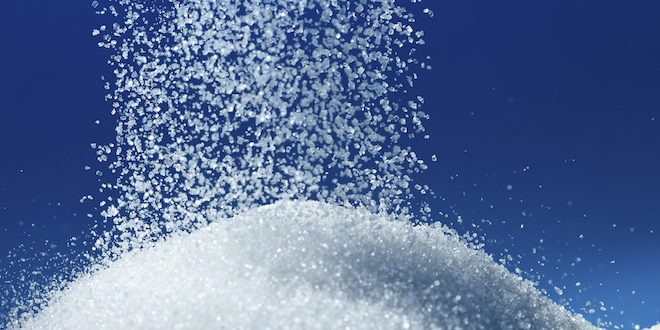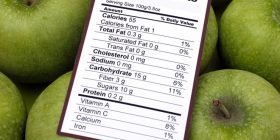‘Unsweetened’, ‘No Added Sugar’, ‘Sugar-Free’, ‘Less Sugar’. Think they all mean the same thing?
Not really! Nutrition claims for sugar can be very misleading and confusing. They all sound too sweet to be true.
When most people are diagnosed with diabetes, one of the first pieces of advice given to them is ‘watch your sugar intake’. So the natural thing to do is to start reading labels looking for foods that provide little or no sugar. Keep in mind that although ‘sugar’ is important, it is the total carbohydrate content of a food that determines its impact on blood sugar. Seeing these claims on labels does not mean the product is carbohydrate-free. Learn more about ‘Carbs and Healthier Carbs’.
Understanding what the different sugar claims mean can help minimize the confusion. Health Canada permits a variety of nutrient claims pertaining to sugars. Only the following terms outlined in the Food and Drug Regulations are allowed:
Unsweetened
Contains no added sugars, no ingredients containing added sugars, or sweetening ingredients of any kind (natural or artificial). A common example of this term is in the case of fruit juice. Unsweetened fruit juice does not contain any added sweetener. Be careful, however: the natural sugars that exist in the fruit used to make the juice are still present and can have a huge effect on the blood sugar level.
No Added Sugar
Contains no added sugars, no ingredients containing added sugars or ingredients that contain sugars that substitute for added sugars such as honey, molasses, etc… These products can still contain significant amounts of naturally occurring sugar coming from ingredients that contain carbohydrates such as fruits, milk or grain products. Sugar may not have been added to the product, but that doesn’t mean the product is sugar-free, so check the nutritional facts label for the total carbohydrate content. Other terms used include ‘no sugar added’ and ‘without added sugar’.
Sugar Free
Contains less than 0.5 g sugars per serving and less than 5 calories per serving. These foods are often very low in total carbohydrates due to the calorie regulation. Other terms include 'free of sugar’, ‘no sugar’, ‘0 sugar’, ‘zero sugar’, ‘without sugar’, ‘contains no sugar’ or ‘sugarless’. It is important to note that these claim regulations are not consistent with those in other countries.
If you’re a cross-border shopper, be wary of sugar claims. Similar products in the USA will state ‘Sugar Free’ whereas in Canada they will claim ‘No Sugar Added’.
Reduced in Sugar
The food has been processed, reformulated, or modified so that compared to a similar reference food, it contains at least 25% less sugar and at least 5 g less sugar per serving than the reference amount of the food. Depending on the amount of sugar in the original (reference) food, the reduced version may still have a significant amount of sugar. Eating a larger amount of this food just because it’s reduced in sugar may be the same as eating a normal serving of the original. Other terms used include ‘reduced sugar’, ‘sugar-reduced’, ‘less sugar’, ‘lower sugar’, and ‘lower in sugar’.
For more information on Canada’s nutrient claims regulations, see the Industry Labelling Tool.
There are many different types of sugars available, each claiming to be healthier than the next. Coconut sugar (or palm sugar) for example claims to be ‘diabetes friendly’ because it has a low glycemic index. Eating large amounts of this type of sugar outweighs the benefits as it is the total amount of carbohydrate that will have the most impact on blood sugar levels rather than the type.
If you need further help figuring out which foods are low in sugar, speak to a dietitian.
 Diabetes Care Community Learn, connect and care
Diabetes Care Community Learn, connect and care





